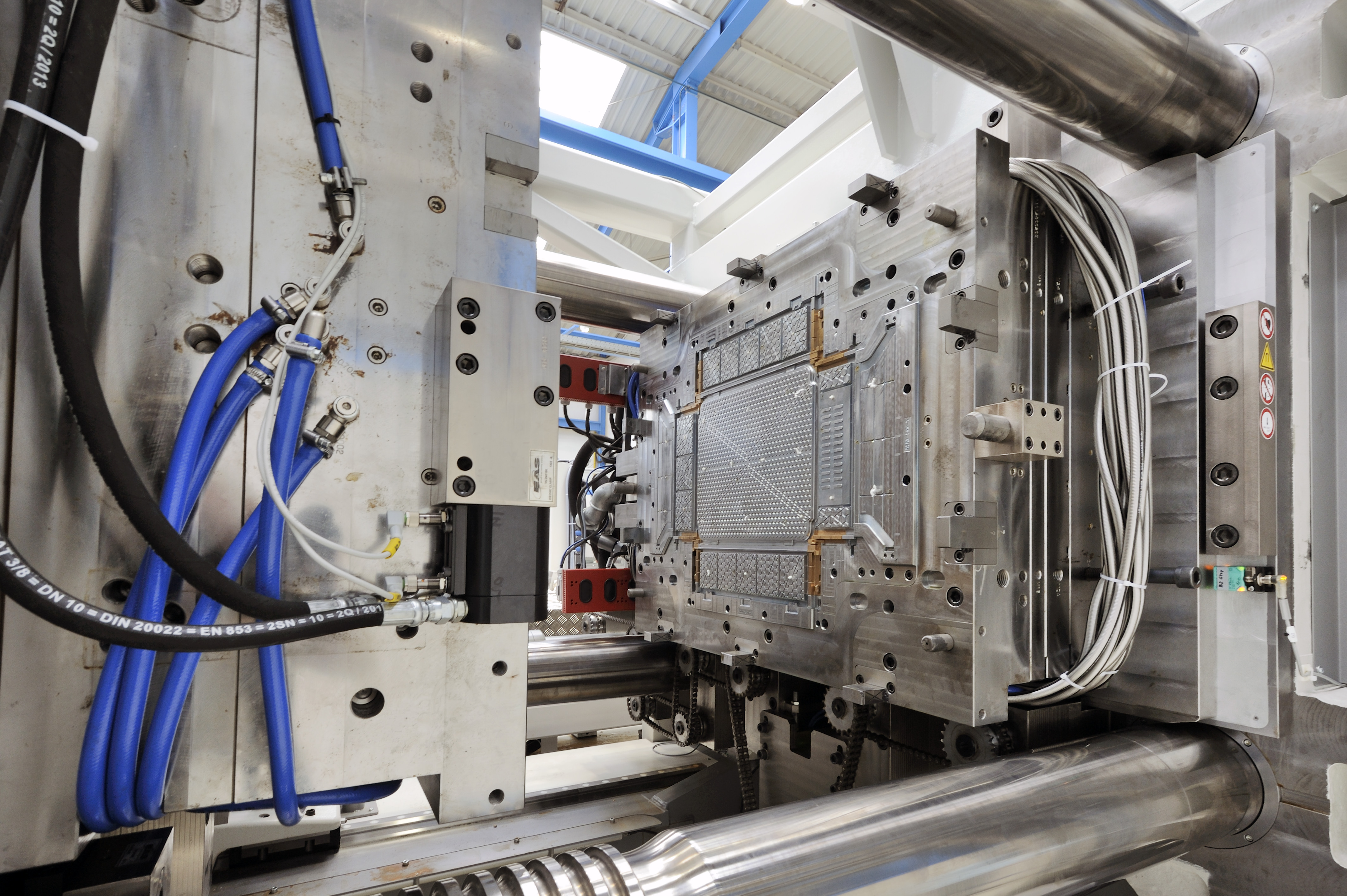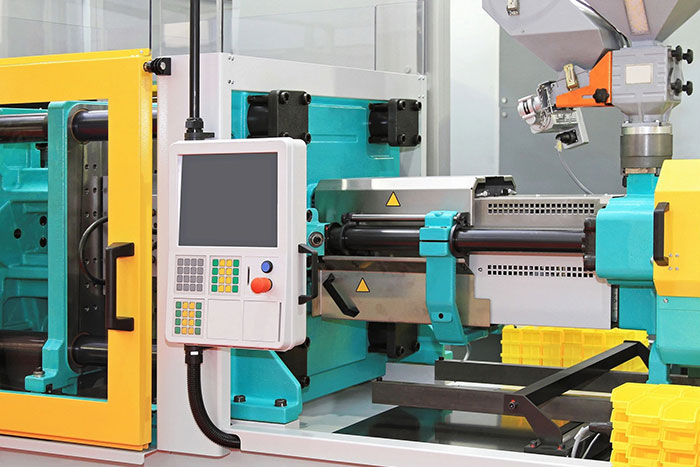Enhancing Item Growth with Advanced Plastic Injection Molding Solutions
Enhancing Item Growth with Advanced Plastic Injection Molding Solutions
Blog Article
Recognizing the Basics of Plastic Shot Molding Procedures
Plastic injection molding serves as a keystone of modern-day production, offering a methodical approach to producing complex components with accuracy. Discovering these crucial components can expose how even minor changes can lead to substantial enhancements in production outcomes, elevating concerns about the possibility for technology in this well established process.
What Is Plastic Injection Molding?
Plastic injection molding is a commonly made use of manufacturing procedure that changes thermoplastic and thermosetting products right into accurate and complicated forms. This technique is favored for its capacity to produce high quantities of identical get rid of extraordinary precision, making it an important method in different sectors, including vehicle, customer goods, and clinical tools.
The procedure involves melting the picked plastic material and infusing it right into a mold and mildew under high pressure. The mold and mildew, made to the specs of the wanted component, allows the molten plastic to form as it solidifies and cools. When the product has actually hardened, the mold is opened, and the completed element is expelled.
Plastic shot molding offers several advantages, including lowered waste, uniformity in production, and the capability to incorporate elaborate styles that might be testing with various other making approaches. Additionally, it supports a broad series of materials, each offering distinct properties that can be tailored for particular applications. As industries remain to innovate, plastic injection molding remains at the forefront, enabling the development of advanced items that fulfill advancing customer needs.
The Injection Molding Process
The injection molding procedure is an advanced method that includes a number of crucial phases to create high-quality plastic components. Initially, plastic pellets are fed into a warmed barrel where they are merged a viscous liquid. This molten plastic is then injected under high stress right into a precision-engineered mold, which shapes the product into the desired kind.
As soon as the mold is filled, the plastic is permitted to strengthen and cool down, taking the shape of the mold and mildew dental caries. Cooling time is essential, as it affects the cycle time and the last residential properties of the molded part. After sufficient air conditioning, the mold opens, and the completed component is expelled utilizing ejector pins.

Materials Utilized in Injection Molding
Different materials can be utilized in the injection molding process, each offering unique residential properties that satisfy details applications. One of the most generally made use of products include thermoplastics, thermosetting plastics, and elastomers.

Thermosetting plastics, like epoxy and phenolic materials, undertake a chemical modification throughout the curing process, causing a rigid, inflexible structure. These materials are excellent for applications needing high warm resistance and architectural honesty, commonly used in automobile components and electrical insulators.
Elastomers, including silicone and rubber-based materials, give flexibility and durability. Their one-of-a-kind residential or commercial properties make them appropriate for applications that require flexibility, such as seals and gaskets.
Furthermore, specialized products like bio-based read more plastics and compounds are obtaining traction for their environmental benefits and improved efficiency attributes, widening the scope of injection molding applications in various industries. Comprehending the buildings of these products is important for picking the appropriate type for specific projects.
Advantages of Injection Molding
Shot molding stands out as a highly efficient manufacturing process that offers numerous advantages for generating intricate components with accuracy. Among one of the most considerable benefits is the ability to create intricate layouts that would certainly be impossible or challenging to accomplish with various other approaches (Plastic Injection Molding). The procedure enables detailed functions and tight resistances, making sure premium components
In addition, shot molding is known for its rapid manufacturing capabilities, making it an optimal option for high-volume production. As soon as the mold and mildew is produced, parts can be produced promptly, minimizing preparations and raising general efficiency. This performance not only lowers production prices yet likewise gives an one-upmanship in the marketplace.
The adaptability of materials made use of in injection molding further boosts its appeal. A variety of thermoplastics and thermosetting polymers can be used, allowing suppliers to choose products that finest satisfy their specific demands, including versatility, toughness, and heat resistance.
Moreover, the procedure decreases waste, as excess material can commonly be recycled and reused. This sustainability element adds to a decreased ecological effect, making shot molding a responsible manufacturing selection. Overall, the advantages of shot molding make it a recommended method for numerous markets.
Variables Affecting Product High Quality
While many factors can influence product high quality in shot molding, recognizing these components is essential for accomplishing ideal outcomes. Secret facets consist of product option, processing parameters, and mold design.
Material selection plays an important function, as various polymers show one-of-a-kind residential or commercial properties that impact flowability, stamina, and thermal security. Insufficient material selection can bring about defects such as warping or incomplete dental filling.
Handling criteria, consisting of cycle, temperature, and stress time, should be carefully controlled. Variants in these setups can lead to disparities partly measurements and surface area finish. Excessively high temperatures might trigger degradation of the polymer, while poor stress can result in short shots.
Mold and mildew style is equally important, as it determines the circulation of the molten plastic and the cooling procedure. Badly designed mold and mildews may lead to irregular cooling prices, leading to dimensional inaccuracies and recurring tensions.

Conclusion
Finally, plastic injection molding works as a crucial manufacturing process that allows the effective production of premium elements. Mastery of the injection molding process, consisting of the understanding of products and the impact additional info of different aspects on product high quality, is vital for accomplishing optimal results. The benefits of this technique, such as cost-effectiveness and style versatility, further underscore its value throughout several industries, solidifying its standing as a favored option for high-volume production.
Plastic shot molding serves as a cornerstone of modern production, offering a methodical strategy to creating complex components with accuracy.Plastic injection molding supplies several benefits, consisting of decreased waste, official source consistency in production, and the capability to integrate elaborate styles that might be testing with other manufacturing approaches (Plastic Injection Molding). As industries continue to introduce, plastic injection molding remains at the center, enabling the development of sophisticated products that fulfill developing customer demands
The shot molding procedure is an advanced strategy that includes numerous crucial phases to create top quality plastic parts.In conclusion, plastic shot molding serves as an important manufacturing procedure that makes it possible for the effective manufacturing of premium parts.
Report this page